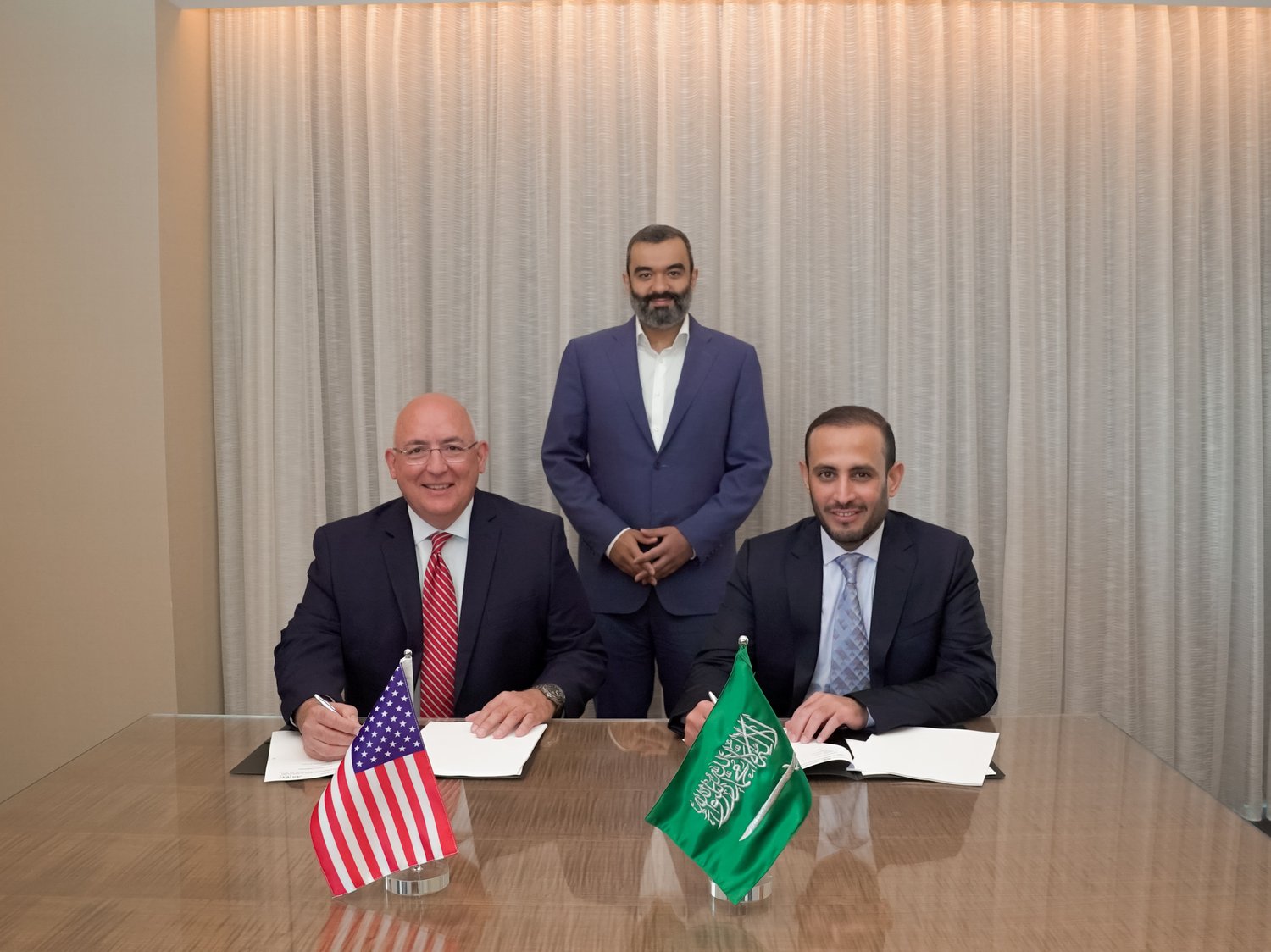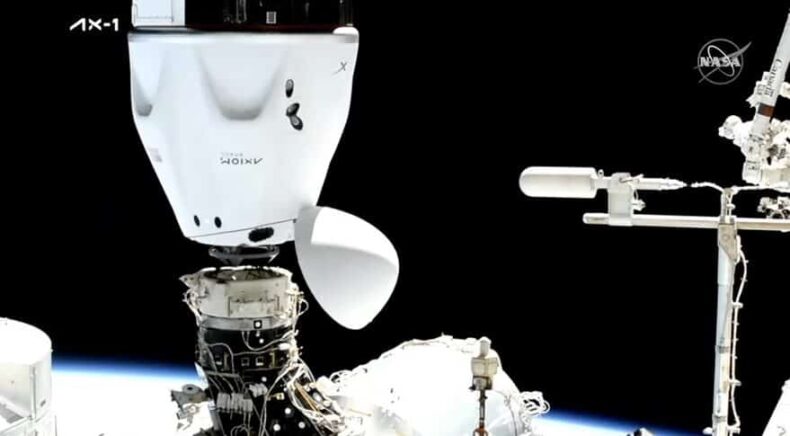Saudi’s deal with Houston’s Axiom Space: the 10-day mission is set to conduct research on a commercial and non-profit basis, along with other activities.
Two Saudi Arabian astronauts will travel to the International Space Station in spring of 2024 on a private mission, according to a NASA announcement on November 1st.
Retired NASA astronaut Peggy Whitson and race car driver and investor John Shoffner will be joined on the Ax-2 mission, a Crew Dragon flight that is scheduled to launch no earlier than May 1, 2024, to the station by two Saudi mission specialists, according to Angela Hart, manager of NASA’s commercial LEO development programme, who spoke at a meeting of the NASA Advisory Council’s Human Exploration and Operations Committee. Their names have not yet been made public.

The Saudi Space Commission will launch a Saudi crew to be sent into space as part of the new space programme, which will be a first for the nation. The mission will also be launching the first female Saudi astronaut into space in 2024, 37 years after the country launched the first Arab into space on NASA’s Discovery space shuttle, the mission’s two Saudi astronauts will be the first from the kingdom to reach the ISS.
Axiom Space President and CEO Michael Suffredini had this to say in the mission announcement: “Space belongs to all mankind. This is one of the reasons why Axiom Space is pleased to welcome our new partnership with Saudi Space Commission to train Saudi astronauts, including Saudi Arabia’s first female astronaut,”
Plans to launch two Saudi nationals on a future Axiom Space mission were announced earlier this year on September 22 by the Saudi Space Commission and Axiom Space. Although it was rumoured that the two would fly aboard Ax-2, neither announcement gave any particularities about their intended missions. One of the selected two astronauts would be a woman, according to the Saudi announcement, but it was unclear how the methodology with the astronauts would be chosen. When questioned at the time about the selection procedure, the commission refused to comment.
According to Hart, the planned Ax-2 trip will be comparable to the April Ax-1 private astronaut mission, which lasted two weeks at the station. On the station, research will be done for corporate and nonprofit organizations during the 10-day mission.
A new requirement that private astronaut missions are to be led by former NASA astronauts with flying experience is one of the many takeaways implemented for future missions. In August, NASA said that it was introducing this criterion in light of the success of Ax-1, which former NASA astronaut Michael López-Alegra piloted, and “other recent civilian-crew missions.”

The modification does not affect Ax-2, although Whitson, a former astronaut, was already named by Axiom as captain. The condition does apply to two upcoming private astronaut missions to the ISS between late 2024 and the end of 2024 for which NASA requested ideas in September.
These proposals have to be submitted to NASA by October 27, according to Hart, and decisions should be made by the end of the year or the beginning of the following. NASA, according to her, implemented “stricter workday restrictions” in addition to the requirement regarding the mission’s commander to address hectic schedules. They also built in time for crews to acclimate to the station and to set up and take down equipment.
On its National Day, September 22, 2022, Saudi Arabia announced the launch of its astronaut programme. Saudi Arabia once sent astronauts into space: Prince Sultan bin Salman Al Saud was on the Space Shuttle Discovery during the STS-51-G mission in 1985. Women’s rights have traditionally been restricted in Saudi Arabia. For example, women were prohibited from driving automobiles until 2018. Women are now permitted to fly into space and operate spacecraft, marking a step forward for women’s empowerment in the country.

Axiom announced another agreement with Turkey on Monday to launch the country’s first two astronauts into space in late 2024 on what will most likely be mission Ax-3. The cost of the two seats is unknown, but according to Reuters, each Crew Dragon seat on the Ax-1 mission sold for $55 million.
Read more: NASA’s Crew-5 Mission Accomplish Launching the First Native American Woman into Space.
Also read: NASA Spacecraft crashed into Asteroid!













